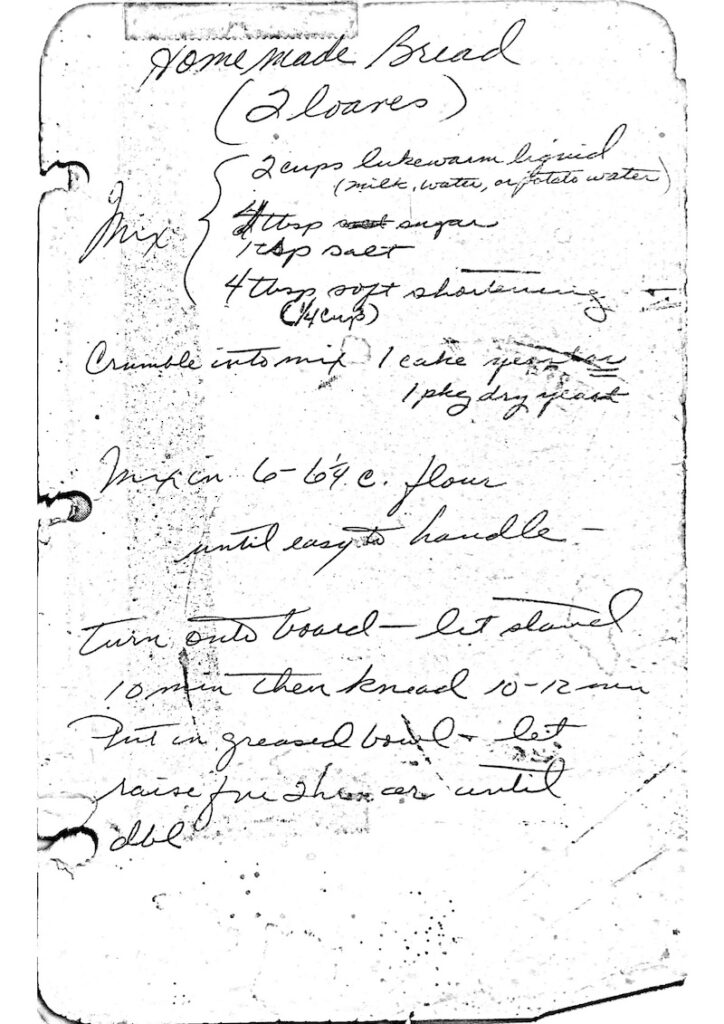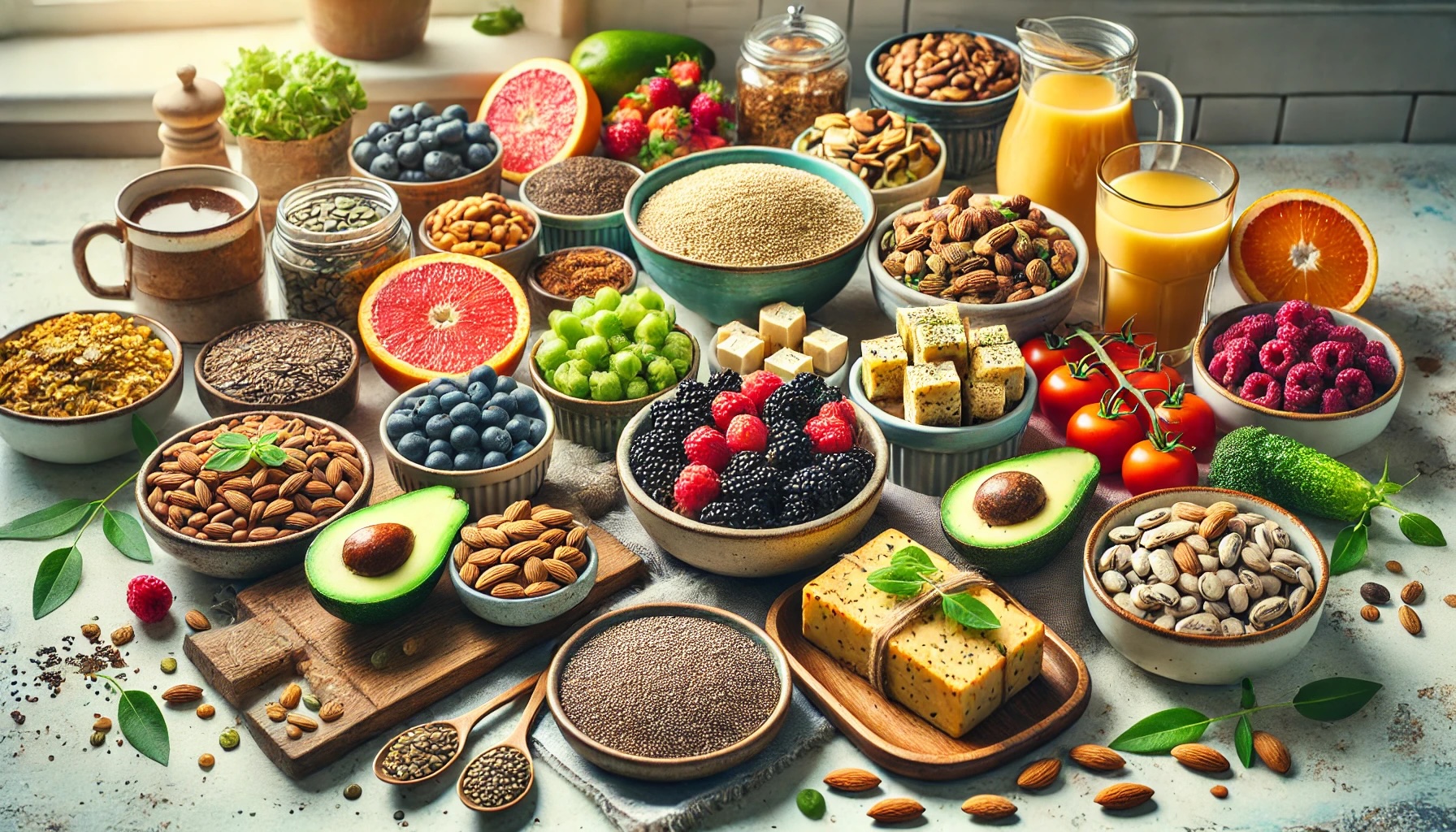Once again, we find ourselves in trying times, and I find myself searching for my zen through sourdough. Sourdough is made from four simple ingredients: flour, water, salt and time. Adjusting any of these ingredients will impact the final product. But the last ingredient—time—is arguably the most important.
The 2020 pandemic made sourdough hip and cool (again). Why? We had time. Time to feed a starter. Time to stretch and fold the dough. Time to shape. Time to score. Time to bake.
Starter
I grew up in the era of the original tamagotchi. The tamagotchi was an electronic toy displaying a digital image of a creature, which had to be looked after and responded to by the “owner” as if it were a pet. The sourdough starter can be seen in the same way—a pet that needs feeding and to be cared for. Water, flour, and time. Getting a starter going from scratch takes some persistence, but maintaining a starter isn’t difficult for even the laziest amongst us.
I have maintained my starter, nicknamed The Yeastie Boys for over a decade. They are typically fed once a week as I make a batch of pizza dough, a loaf of bread, a pan of focaccia, or discard waffles. But The Boys and I have been through some stretches, where they’ve been abandoned, either by my travels or lack of time. Only the strongest survive, and after a feeding, possibly two, The Boys are back in action and ready to convert flour and water into carbon dioxide and flavor.
Exposure
I grew up on reruns of Mr. Wizard, Radio Shack Science Fair 200 in 1 electronics project lab, and a mother/nana duo of bakers in the kitchen. My mom and nana baked a lot of white homemade loaves risen with commercial powdered yeast, resulting in soft, pillowy loaves you wanted to smother in butter and devour. As kids, my brother and I watched, sometimes got in the way trying to help, but were surrounded by the wonders of fresh baked bread. My mom tried—and succeeded at—making amazing challah, bathed in an egg wash that made it look as if Norman Rockwell had painted it.

In college, I was lucky to have an apartment on campus with a full size stove and oven, and some time. With a copy of my mom’s bread recipe in its handy recipe binder, I set out to make bread by hand. No mixer. Taking the time to knead the dough on my small apartment kitchen counter. Stretching and folding the dough. Taking the stresses of school, work, and studies and putting them into the dough.
I made a lot of bread. I ate a lot of bread.
Post college, Alton Brown’s Good Eats came on the air. Mr. Wizard meets food science. I was obsessed. I perfected the brined AB Turkey, I made his grandmother’s pillowy soft biscuits. I knew how to cook from my mom and Boy Scouts, but I learned to experiment. I recreated my mom’s cookie recipes. I turned that into a side hustle for a little while, selling dozens of cookies around the holidays to my coworkers—who did not have the time.
Experimentation
At some point along the way, I came across one of those automatic bread makers. It had been a long while since I had baked bread, and despite the unitasker, it was fun to toss in water, flour, yeast, salt and some two hours later the house smelled like baked bread. The loaves weren’t pretty. Barely sliceable for toast. The bottom center looked as if a chipmunk dug into it to extract the mixing paddle. I managed a 100% whole wheat loaf from a bread maker. It was good, but it wasn’t great. I had come a long way from my college bread-making days, but sourdough was an entirely new challenge—one that required me to embrace failure as part of the process.
At this point, I had also transitioned to a wholefood plant-based diet, and read more about how whole foods work with our bodies. Whole wheat bread—check. This is good, and good for you. But I was also reading about how much different bread is when allowed to ferment. Fermentation is a process where microorganisms—wild yeast and lactic acid bacteria—feed on the sugars in the dough, producing gases and acids. Yes, these byproducts are what give sourdough its rise, flavor, and texture—but the wild yeasts and bacteria fundamentally transform the flour, making it more digestible.
About that time, I stumbled upon a new website, The Perfect Loaf. Maurizio Leo, a software engineer turned baker, walked me through a starter using rye flour. I experimented with baker’s percentages, and learned a whole new world for calculating a loaf. I hit the library and dug into books old and new about sourdough. Studied the black and white photos in books to understand shaping a loaf. I overproofed. I under baked. I lacked strength in my dough. I swore a lot.
Confidence
For the last eight years, Sunday night has been pizza night: from hand-stretched thin crusts to Al Taglio, the airy, bready Roman-style pizza. The toppings sometimes help clean out the fridge, but the smell of baked bread, the crack of the crust, the yin and yang of the sour crumb of the crust to the sweet maillard caramelized sugar in the dough wafts through our home on a Sunday night.
Pizza on Sundays is a reset. Last week’s stresses are tonight’s dinner. Time was invested and then shared with those I love. Mistakes are now happy accidents, and the swearing is less. My experiments built confidence, and helped me focus and refine pizza doughs, sandwich loaves, focaccias and more.
Sourdough is not a rushed activity. It requires patience, from nurturing the starter to allowing the dough to rise and develop flavor, to the final bake. Sourdough is a reminder of the importance of respecting time and process in both baking and life. Experimentation takes time. Sourdough takes time.
Take time.
Find your sourdough Zen.

